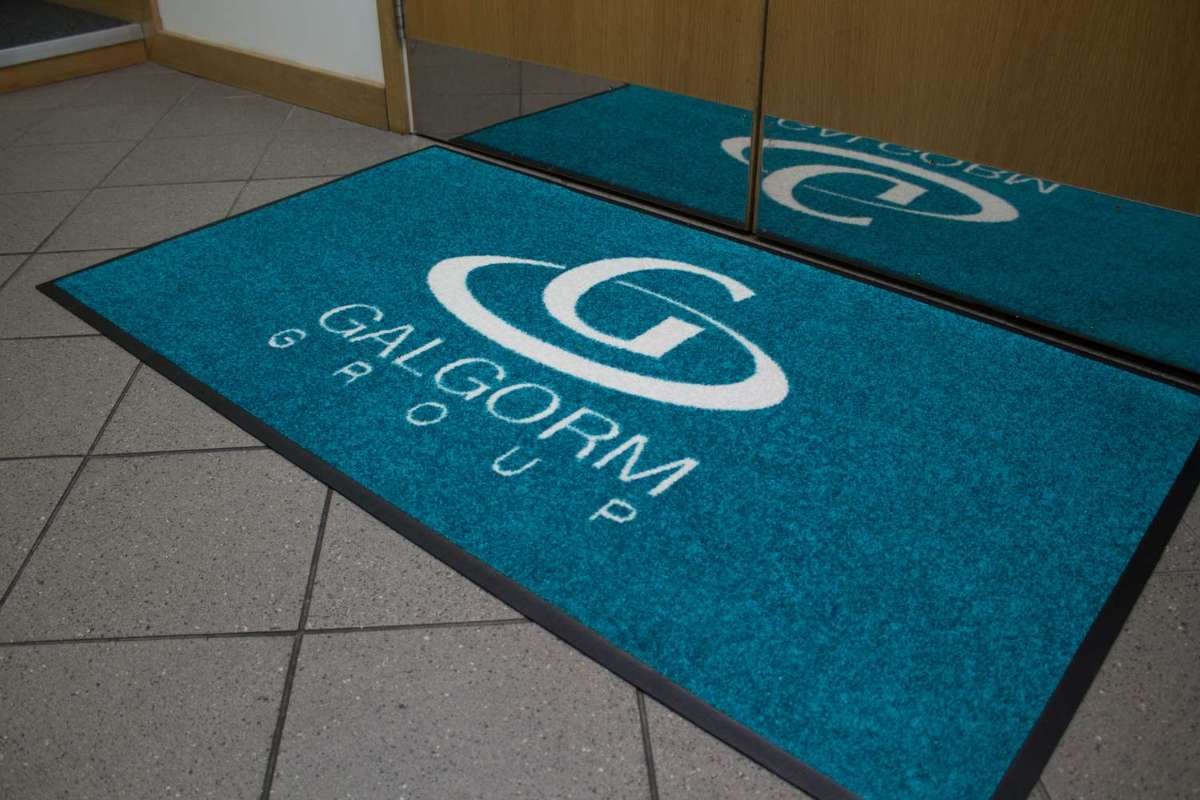In the fast-paced and ever-evolving landscape of fintech and e-commerce, attracting and retaining top talent is paramount for sustained growth and success. The demand for skilled professionals in these sectors is skyrocketing, creating a fiercely competitive talent market. To stay ahead, companies need to adopt innovative and strategic talent acquisition approaches that go beyond traditional recruiting methods. This article explores the unique challenges of fintech and ecommerce staffing and presents effective strategies to bridge the talent gap.
The Evolving Talent Landscape in Fintech and E-commerce
The fintech and e-commerce industries are characterized by rapid technological advancements, demanding a workforce equipped with a unique blend of technical and business acumen. Skills like data analytics, software development, cybersecurity, digital marketing, and user experience design are highly sought after. Additionally, as these sectors mature, there’s a growing need for professionals with expertise in regulatory compliance, risk management, and financial modeling.
Competition for these skilled professionals is fierce, with established companies and startups alike vying for the same limited pool of talent. This has led to a “war for talent,” where companies must go beyond traditional recruitment tactics to attract and retain the best candidates.
Challenges in Fintech and E-commerce Talent Acquisition

One of the most pressing challenges facing fintech and e-commerce companies is a shortage of candidates with the necessary skills. The rapid pace of technological change often outpaces the development of formal education programs, leaving a gap between the skills employers need and the skills available in the job market.
Finding candidates who not only possess the right skills but also align with the company’s culture and values is another significant challenge. Fintech and e-commerce companies often have dynamic and fast-paced work environments that require adaptability, innovation, and a strong entrepreneurial spirit.
In a competitive talent market, employer branding plays a crucial role in attracting top talent. Companies need to cultivate a strong reputation as an employer of choice, highlighting their unique culture, values, and employee benefits to stand out from the competition.
Strategies for Effective Talent Acquisition
Developing a compelling employer brand involves showcasing your company’s mission, values, and culture. Utilize social media, your company website, and employee testimonials to communicate what makes your company a great place to work. Highlighting opportunities for growth, development, and work-life balance can be particularly attractive to prospective candidates.
Rather than waiting for candidates to apply, take a proactive approach to sourcing talent. Utilize professional networking platforms, attend industry events, and leverage employee referrals to identify and connect with potential candidates. Fintech recruiting firms and e-commerce staffing agencies can also be valuable partners in sourcing specialized talent. Or you may even partner with universities and colleges to attract young talent with fresh perspectives and cutting-edge skills. Offer internships, co-op programs, and mentorship opportunities to build relationships with students and recent graduates.
Finally, do not neglect the development of your existing workforce. Provide opportunities for employees to upskill and reskill, ensuring they stay abreast of the latest technologies and industry trends. This not only enhances employee engagement and retention but also reduces the reliance on external hiring.
Leveraging Technology for Talent Acquisition

In today’s digital age, technology helps to streamline and optimize the talent acquisition process. Implementing an Applicant Tracking System (ATS) can significantly enhance efficiency and productivity. These systems provide a centralized platform for managing job postings, tracking applications, communicating with candidates, and scheduling interviews. By automating many of the manual tasks associated with recruitment, ATS frees up HR professionals to focus on more strategic activities like building relationships with candidates and assessing cultural fit.
AI-powered tools can assist in various stages of the talent acquisition process, from sourcing and screening candidates to conducting interviews and assessing skills. These tools can help identify top talent more quickly and accurately, freeing up recruiters to focus on building relationships with candidates.
Social media platforms offer a powerful channel for reaching and engaging with potential candidates. Use targeted advertising, social media campaigns, and employee advocacy to showcase your employer brand and attract top talent.
Creating a Positive Candidate Experience
A time-consuming application process can deter even the most qualified candidates. In today’s fast-paced world, people expect convenience and efficiency. Make sure your application process is user-friendly, mobile-optimized, and requires minimal effort from the applicant. Eliminate unnecessary steps, request only essential information, and provide clear instructions throughout the process.
Effective communication is key to creating a positive candidate experience. Keep candidates informed throughout the hiring process, providing regular updates on their application status and responding to inquiries promptly. Offer feedback after interviews, even if it’s constructive criticism. Transparent communication demonstrates respect for the candidate’s time and fosters a positive impression of your company, even if they don’t ultimately get the job.
Offer competitive salaries, benefits packages, and perks. Conduct market research to ensure your compensation packages are in line with industry standards and consider offering additional benefits such as flexible work arrangements, stock options, or professional development opportunities.
Retention Strategies for Fintech and E-commerce

Attracting top talent is only half the battle; retaining them is equally important. Creating a culture of engagement where employees feel valued, recognized, and empowered to contribute their ideas is key to retention. Encourage open communication, provide opportunities for growth and development, and celebrate achievements. Companies that invest in their employees’ success are more likely to foster a loyal and dedicated workforce.
Regularly review and update your compensation and benefits packages to remain competitive in the talent market. Conduct periodic salary surveys, benchmark against industry standards, and make adjustments as needed. Consider offering performance-based bonuses, profit-sharing plans, or other incentives to reward high-performing employees and demonstrate your commitment to their success.
In today’s fast-paced world, work-life balance is a top priority for many professionals. Offer flexible work arrangements, generous vacation policies, and wellness programs to support employees’ well-being. Companies that prioritize work-life balance are more likely to attract and retain top talent, as they demonstrate a commitment to their employees’ lives both inside and outside of work.
Conclusion
In the fiercely competitive landscape of fintech and e-commerce, talent acquisition is more than just filling vacancies; it’s about strategically building a workforce that can drive innovation, growth, and success. Companies like Mojo Trek understand the importance of aligning talent acquisition strategies with the unique challenges of these industries. By understanding these challenges and adopting innovative talent acquisition strategies, companies can bridge the talent gap and secure the skilled professionals they need to thrive. Remember that retaining top talent is equally important as attracting it. Foster a positive work environment, offer competitive compensation and benefits, and prioritize employee engagement to create a loyal and dedicated workforce that will contribute to your company’s long-term success.


















